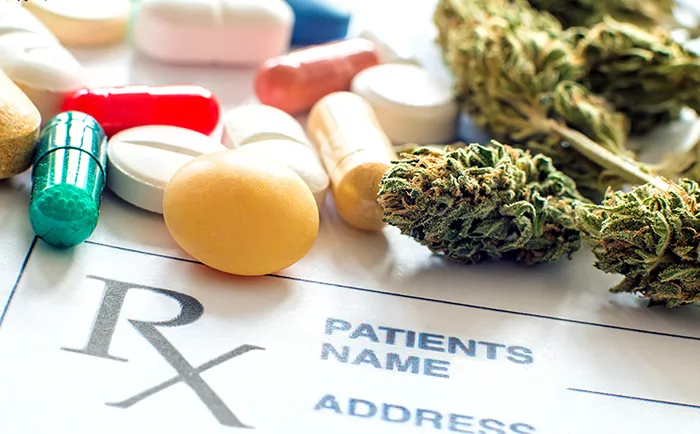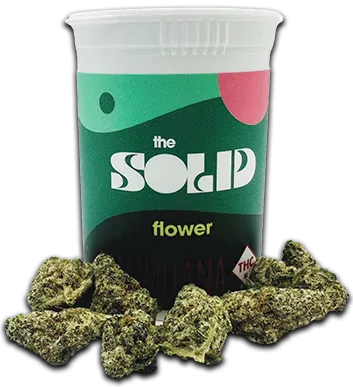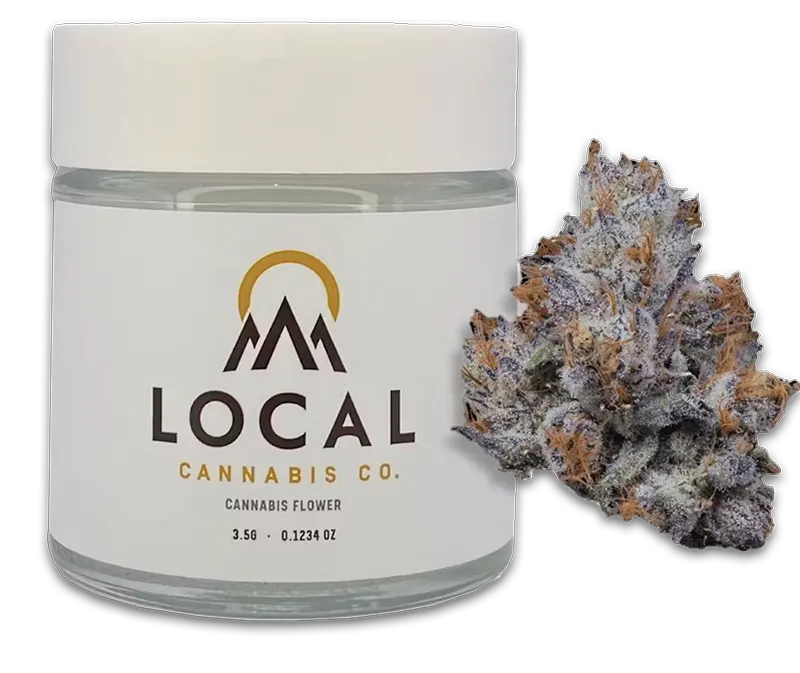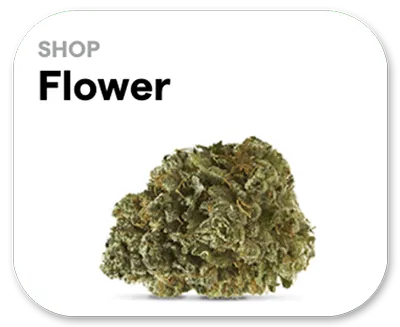Cannabis…The “Exit Drug”: A Promising Solution to America's Opioid Crisis
By: Hugo Ortiz
Have you ever heard someone using the old tired “Gateway Drug” argument and not knowing how to counter that flawed thinking? Next time try Cannabis: “The Exit Drug”
The opioid overdose epidemic is now arguably the worst public health crisis in U.S. history, surpassing even the peak of the AIDS epidemic. To put it in perspective, drug overdoses now outnumber deaths from car accidents and gun violence. The severity of this crisis demands innovative strategies to combat opioid misuse, overdose, and death.

Cannabis as a Solution:
Emerging pre-clinical and clinical evidence is shedding light on the potential of cannabis to address this crisis. This article highlights cannabis's ability to ease opioid withdrawal symptoms, reduce opioid consumption, curb cravings, prevent relapse, improve treatment retention for opioid use disorder (OUD), and ultimately reduce overdose deaths. One of the most promising aspects is the role of cannabis as a frontline painkiller, potentially replacing or supplementing opioids. This could be a game-changer, especially considering the failure of most other interventions in curbing opioid consumption and death rates.
The Impact in Legal Cannabis States:
When we look at states with legalized cannabis, the numbers speak volumes. In states where medical and recreational cannabis is legal, opioid overdose rates have shown a significant decline. For example, a study published in JAMA Internal Medicine found that states with medical cannabis laws had a 25% lower opioid overdose death rate compared to states without such laws.
Moreover, in states with legal cannabis, a substantial number of patients are choosing to use cannabis as an alternative to opioids for pain management. This shift not only reduces opioid use but also lowers the risk of opioid misuse and addiction.
Barriers and Challenges:
While cannabis therapy shows promise, its status as a Schedule I controlled substance is a major barrier. This classification restricts research and access, making it difficult to gather high-quality clinical evidence. To truly harness the potential of cannabis in fighting OUD, we need more data on dosing, cannabinoid content, bioavailability, contraindications, misuse risks, and various other aspects. Unfortunately, federal grant funding for such research is currently limited due to cannabis's Schedule I status.
Moreover, the research conducted so far might not fully apply to today's landscape, as it's primarily based on low-potency, low-quality cannabis from a single source. This doesn't reflect the wide variability of cannabis products available in regulated state markets.
The Road Ahead:
Despite the challenges, some U.S. states and private treatment centers have already started incorporating cannabis into their OUD treatment protocols. New Jersey, for instance, added OUD to its list of qualifying conditions for medical cannabis. Private treatment centers recognize the benefits of harm reduction, which outweigh the risks of cannabis use during the crucial first 28 days of recovery.
Many clinicians, however, remain skeptical about cannabis as a treatment option. This skepticism can be attributed to the stigma surrounding cannabis use and the limited clinical evidence available. It's essential to bridge this knowledge gap, especially since many medical professionals receive no education about cannabis during their training. As the evidence grows, it becomes crucial to provide opportunities for clinicians to learn about harm reduction and the medical benefits of cannabis through Continuing Medical Education programs.
In conclusion, while the fight against the opioid crisis is far from over, cannabis holds the potential to be a vital tool in saving lives and reducing opioid misuse. It's time to overcome the barriers, expand research, and consider cannabis as a safer and more effective approach to this crisis. #CannabisForChange #OpioidCrisisSolutions



































